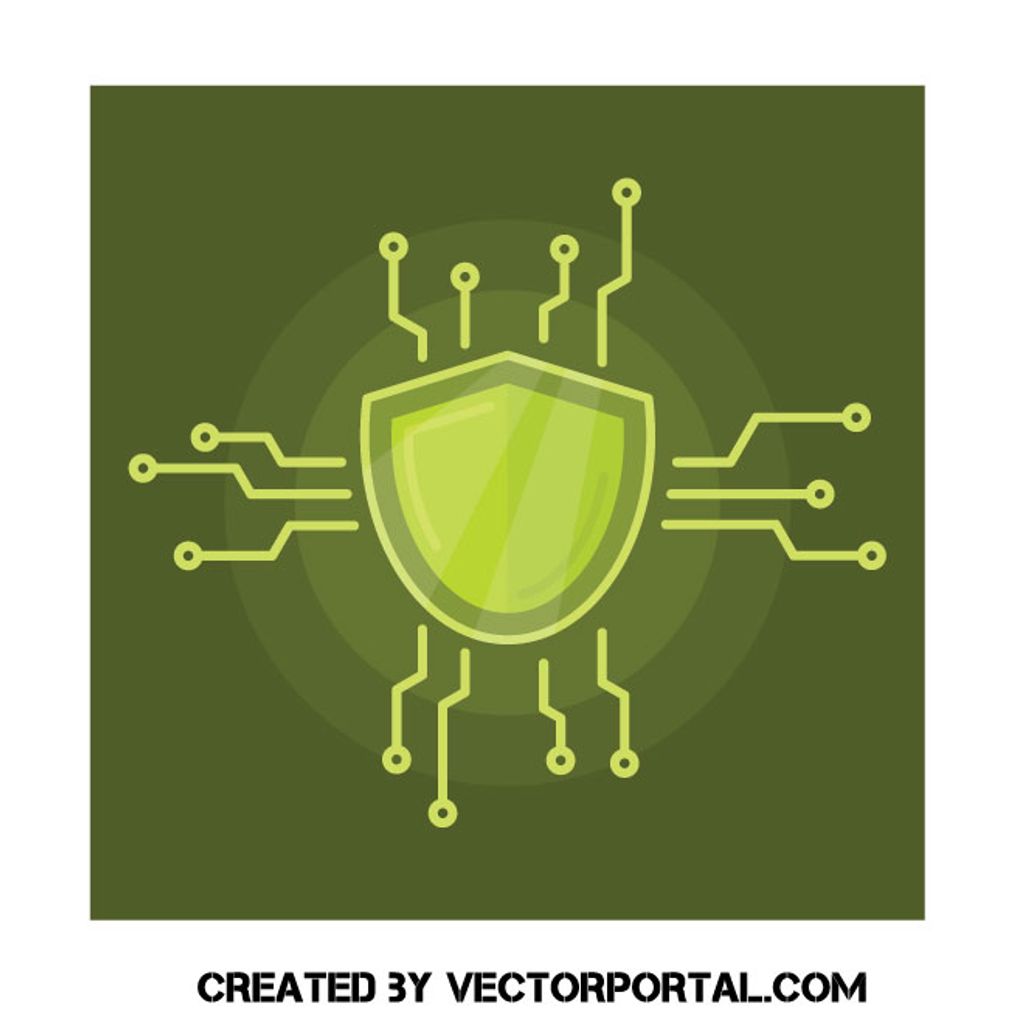In today’s digital era, website protection is not just a precaution, but a strategic move towards ensuring a resilient and secure future for startups. With the increasing threat landscape and the potential impact of website attacks, it is crucial for startups to implement strong authentication measures, secure their website infrastructure, and educate their employees on cybersecurity best practices. Here are the key takeaways from this article:
Key Takeaways
- Understanding common website vulnerabilities and the impact of website attacks is essential for startups to prioritize website protection.
- Implementing strong authentication measures like password policies, two-factor authentication, and biometric authentication can enhance website security.
- Choosing a secure hosting provider, regularly updating software, and implementing web application firewalls are important steps in securing website infrastructure.
- Creating a culture of security awareness, training employees on phishing and social engineering, and implementing security policies and procedures are crucial for educating employees on cybersecurity best practices.
Understanding the Threat Landscape
Common Website Vulnerabilities
When it comes to website security, it is crucial for startups to be aware of common website vulnerabilities. These vulnerabilities can leave a website open to attacks and compromise sensitive data. By understanding and addressing these vulnerabilities, startups can significantly reduce the risk of falling victim to a hack.
One important vulnerability to consider is the lack of regular software updates and patches. In today’s digital world, software updates and patches are essential for keeping websites secure and running smoothly. Neglecting these updates could lead to vulnerabilities that hackers are quick to exploit, potentially costing startups time, money, and sensitive information.
Another vulnerability to be mindful of is the lack of strong authentication measures. Weak passwords and single-factor authentication can make it easier for attackers to gain unauthorized access to a website. Startups should implement password policies that require strong, unique passwords and consider implementing two-factor authentication or biometric authentication for an extra layer of security.
It is also important for startups to be aware of other common vulnerabilities such as SQL injection, cross-site scripting (XSS), and insecure direct object references (IDOR). These vulnerabilities can allow attackers to manipulate or access sensitive data. Startups should prioritize implementing security measures to mitigate these risks, such as input validation and output encoding.
By addressing these common website vulnerabilities and implementing robust security measures, startups can protect their websites and the sensitive data they handle.
The Impact of Website Attacks
Website attacks can have severe consequences for startups. The damage caused by these attacks can extend beyond short-term server outages. Startups may experience financial losses, disgruntled customers and partners, and lasting brand damage. It is crucial for startups to implement strong website protection measures to mitigate the impact of these attacks.
The Growing Importance of Website Protection
In today’s digital age, businesses must face an ever-evolving threat landscape when it comes to cybersecurity. With hacking and data breaches becoming more prevalent and sophisticated than ever before, it is imperative for companies to bulletproof business security and prioritize the safety of their sensitive information and data.
- Implement strong authentication measures such as multi-factor authentication to add an extra layer of protection.
- Regularly update software and apply patches to stay ahead of potential vulnerabilities.
- Consider implementing a web application firewall to protect against common website attacks.
As technology advances and our lives become increasingly digital, cyber security has become more important than ever before. It is essential to stay proactive and take the necessary steps to safeguard your website and business from potential threats.
Implementing Strong Authentication Measures
The Role of Password Policies
Implementing strong password policies is a crucial step in ensuring the security of your website. A weak password is like leaving your front door unlocked; it’s an open invitation for cybercriminals to steal your sensitive data. By choosing strong passwords and changing them regularly, you can significantly reduce the risk of falling victim to a hack. Here are some best practices for password policies:
- Use complex combinations of letters, numbers, and symbols.
- Avoid using easily guessable information, such as names or birthdays.
- Enforce regular password changes.
- Implement multi-factor authentication (MFA) for an extra layer of protection.
Remember, the strength of your password policies directly impacts the security of your website and the protection of your valuable information.
Two-Factor Authentication: An Extra Layer of Security
Implementing two-factor authentication is an essential step in enhancing the security of your website and protecting your valuable data. With two-factor authentication, users are required to provide more than just a password to access their accounts. This additional layer of security can greatly reduce the risk of unauthorized access and protect against password-related attacks.
To implement two-factor authentication, you can use various methods such as:
- One-time password (OTP) sent to a user’s mobile device
- Biometric authentication, such as fingerprint or facial recognition
- Hardware tokens or security keys
By requiring users to provide an additional form of identification, two-factor authentication adds an extra layer of protection and makes it significantly more difficult for hackers to gain access to your accounts. It is an effective security measure that all startups should consider implementing.
Tip: Regularly educate your employees on the importance of two-factor authentication and encourage them to enable it for their accounts. This will help create a culture of security awareness and further strengthen your website’s protection against cyber threats.
Biometric Authentication: The Future of Website Protection
Implementing multi-factor authentication is one of the most effective ways to enhance website security. With multi-factor authentication, users are required to provide more than just a password to access their accounts. This additional layer of protection can include biometric authentication, such as fingerprint or facial recognition, or a code sent to a trusted device. By implementing biometric authentication, businesses can significantly reduce the risk of unauthorized access and protect sensitive information.
In addition to biometric authentication, it is crucial to educate employees on cybersecurity best practices. This includes regularly updating passwords, being cautious of phishing attempts, and following security policies and procedures. By creating a culture of security awareness and providing ongoing training, businesses can empower their employees to be the first line of defense against cyber threats.
To summarize:
- Implement multi-factor authentication with biometric authentication for enhanced security.
- Educate employees on cybersecurity best practices to strengthen the overall security posture of the organization.
By prioritizing these measures, startups can proactively safeguard their websites and data, ensuring the trust and confidence of their customers and stakeholders.
Securing Website Infrastructure
Choosing a Secure Hosting Provider
When choosing a secure hosting provider for your website, it is important to consider several factors. First, look for a hosting service that offers perks such as tech support, a free domain name, or a Secure Sockets Layer (SSL) certificate. The SSL certificate is a global standard security technology that enables a secure connection and protects your and your visitors’ data and sensitive information. It adds the ‘S’ in HTTPS at the front of a website’s URL, which is favored by search engines and visitors.
Additionally, consider the integration features provided by the web host. Some popular web hosts, like Bluehost, DreamHost, GoDaddy, and InMotion, offer built-in design integrations. If your web host doesn’t provide any integration features, you can explore third-party design programs like Canva and Adobe Creative Cloud applications.
Remember, choosing the right hosting provider is crucial for the security and success of your website. Take the time to research different companies, evaluate their capabilities, and consider pricing models before making a decision.
Regular Software Updates and Patch Management
In today’s digital world, software updates and patches are essential for keeping our personal and professional systems secure and running smoothly. Neglecting these updates could lead to vulnerabilities that hackers are quick to exploit, costing us time, money, and potentially sensitive information. It may be tempting to put off installing updates for fear of interrupting our workflow, but doing so leaves us vulnerable to cyber-attacks. When devising a comprehensive security strategy, businesses often need to partner with experts in the field. In doing so, they might consider collaborating with a reputable organization, ensuring that they benefit from cutting-edge technologies and methodologies in data protection. Let’s commit to staying on top of our software updates and patches, and prioritize our cybersecurity. Implement multi-factor authentication for extra protection. In today’s digital age, we rely heavily on the internet for various reasons, including work, entertainment, and communication. However, as much as the internet has made our lives easier, it has also exposed us to certain risks, including cyber-attacks. As such, it has become increasingly important to implement security measures to bulletproof business security and protect your business from hacking and identity theft. By implementing multi-factor authentication, businesses can add an extra layer of protection to their systems. This authentication method requires users to provide multiple forms of identification, such as a password and a unique code sent to their mobile device, before gaining access to sensitive information. This significantly reduces the risk of unauthorized access and strengthens the overall security posture of the organization. Let’s prioritize our cybersecurity and take proactive steps to safeguard our systems and data.
Implementing Web Application Firewalls
Web Application Firewalls (WAFs) play a crucial role in protecting your website from various cyber threats. By implementing a WAF, you can add an extra layer of security to your website infrastructure. WAFs help in filtering and monitoring external traffic, ensuring that only legitimate requests are allowed to access your website.
One recommended option for implementing a WAF is to use a service like Cloudflare or AWS Web Application Firewall, depending on your hosting platform. Cloudflare, for example, offers an easy setup process where you simply switch the NameServers, pay a monthly fee, and enable the firewall. This not only adds an additional layer of protection but also helps in mitigating common vulnerabilities like the OWASP Top 10, DDoS attacks, and malicious bots.
In addition to protecting your website from known threats, WAFs also provide features like Layer 7 inspection and decryption. These features allow you to gain visibility into application traffic and ensure that all traffic adheres to your established security standards. By implementing decryption policies, you can inspect and analyze traffic in real-time, further enhancing your website’s security.
To ensure the effectiveness of your WAF implementation, it is important to follow a thorough testing, validation, and fine-tuning process. This involves testing the rules and configurations of your WAF, validating its performance, and fine-tuning it based on your specific requirements. By regularly testing and fine-tuning your WAF, you can ensure that it continues to provide optimal protection for your website.
In summary, implementing a Web Application Firewall is an essential step in securing your website infrastructure. It helps in filtering and monitoring external traffic, protects against common vulnerabilities, and provides visibility into application traffic. By following a comprehensive implementation process and regularly testing and fine-tuning your WAF, you can enhance the security of your website and protect it from various cyber threats.
Educating Employees on Cybersecurity Best Practices
Creating a Culture of Security Awareness
Educating employees on cybersecurity best practices is another crucial step to bulletproof business security. Not only does this protect a company’s data but also helps build a culture of security within the organization. So, make sure that you prioritize cyber security education and empower your employees to stay one step ahead of potential cyber threats.
- Ensure that passwords are strong and regularly updated
- Avoid opening suspicious emails or clicking on unfamiliar links
- Use antivirus software
- Teach employees how to recognize and respond to phishing and malware attacks
Remember that cybersecurity is not a static field – it evolves with every new technology and each novel threat. Therefore, constant vigilance, regular testing, and continual learning are the cornerstones of a robust cybersecurity strategy. Constantly bulletproof business security – protect your lock, stock, and cyber barrel today, and secure your business’s future.
Training Employees on Phishing and Social Engineering
Educating employees on cyber security best practices is another crucial step to bulletproof business security. Not only does this protect a company’s data but also helps build a culture of security within the organization. So, make sure that you prioritize cyber security education and empower your employees to stay one step ahead of potential cyber threats.
- Ensure that passwords are strong and regularly updated
- Teach employees how to recognize and respond to phishing and malware attacks
- Use antivirus software to protect against malicious threats
Implementing multi-factor authentication, such as a fingerprint or a code sent to your phone, provides an extra layer of protection and makes it much harder for hackers to gain access to your accounts. By implementing multi-factor authentication, you can rest easy knowing that your accounts are well-protected.
Backup data regularly and securely. Making regular backups of your digital information is like creating a lifeboat for your important files. It provides peace of mind in the case of a computer crash, theft, or accidental deletion.
Educate employees on cyber security best practices. This includes ensuring that passwords are strong and regularly updated, not opening suspicious emails or clicking on unfamiliar links, and using antivirus software. It’s also important to teach employees how to recognize and respond to phishing and malware attacks. Educating employees on cyber security best practices is another crucial step to bulletproof business security. Not only does this protect a company’s data but also helps build a culture of security within the organization. So, make sure that you prioritize cyber security education and empower your employees to stay one step ahead of potential cyber threats.
Implementing Security Policies and Procedures
User Identity Authentication and Validation: At every point of a transaction, user identity must be authenticated and validated. No unknown users or devices, whether managed or unmanaged, should be allowed within your enterprise. Authentication policies verify user identities and determine whether Multi-Factor Authentication (MFA) is required. MFA adds an extra layer of protection by requiring users to provide more than just a password for access. Security policy rules should be created to enforce the principle of least privilege access, inspect traffic, and log all internal and external traffic through Layer 7. Implement a monitoring and response system to track your traffic and security events continuously. This enables you to identify and mitigate potential threats, as well as fine-tune your security policy rules to match real-world scenarios. Comprehensive log analysis will help identify vulnerabilities and potential security breaches while providing insights into traffic patterns, user behavior, and potential improvements. Decryption policies are essential to gain visibility into application traffic. All traffic that can be decrypted according to your business requirements, local regulations, and firewall capacity should be inspected in real-time. The final step in the zero trust implementation process involves thorough testing, validation, and fine-tuning. This stage ensures that your security measures are effective and aligned with your organization’s security goals.
Educating employees on cybersecurity best practices is crucial for protecting your business website from cyber threats. With the increasing number of cyber attacks targeting businesses, it is important to ensure that your employees are well-informed and trained on how to identify and prevent potential security breaches. At Business Website Security, we understand the importance of cybersecurity and offer comprehensive training programs to educate your employees on the best practices to keep your digital world secure. Our expert trainers will guide your employees on topics such as password management, phishing awareness, data protection, and safe browsing habits. By investing in employee education, you can significantly reduce the risk of cyber attacks and safeguard your business’s sensitive information. Take the first step towards a secure digital world by visiting our website and enrolling your employees in our cybersecurity training programs today!
Conclusion
In conclusion, website protection is not just a precaution; it’s a strategic move towards ensuring a resilient and secure future in the digital era. Startups must prioritize cybersecurity from the beginning to protect their business and gain the trust of their audience. Implementing security protocols like SSL certificates, conducting rigorous testing, and ensuring content readiness are essential steps in building a reliable and successful website. Additionally, compliance readiness and budget considerations play crucial roles in the overall website launch process. By prioritizing website protection, startups can establish a strong foundation for their online presence and mitigate potential risks.







